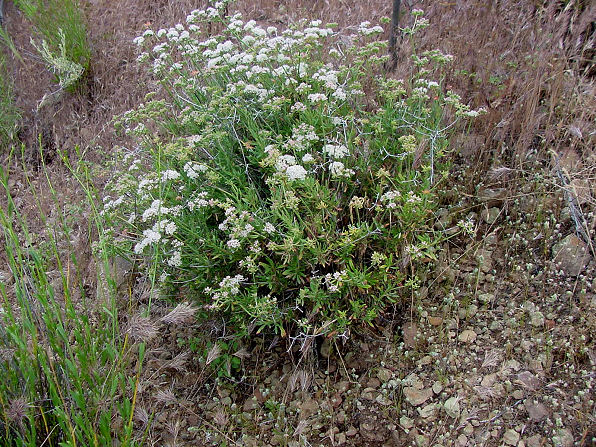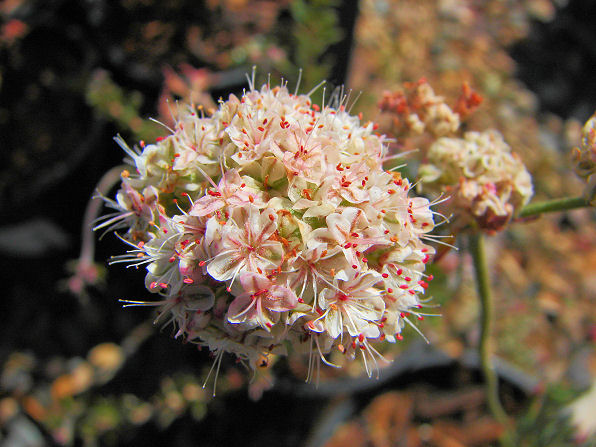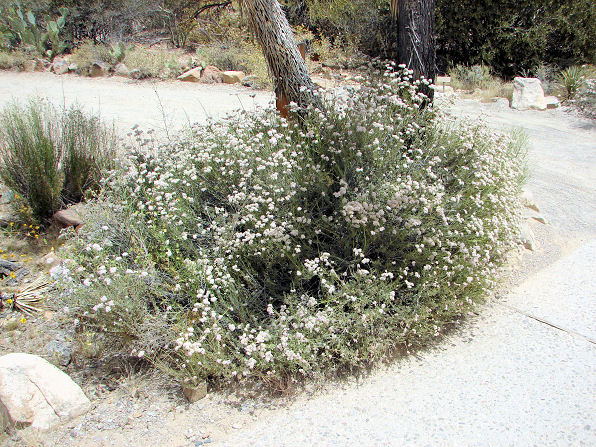Arizona Wild Flowers
Pictures, Photos, Images
Descriptions, Information, Reviews.
California Buckwheat, Eriogonum fasciculatum.
We Are Proud Of Our SafeSurf Rating!
Click On Any Of The Following Links By Amazon.Com
For Books, & Videos About Wildflowers Of Arizona & The Southwest USA. No Obligation!
 |
| California Buckwheat, Eriogonum fasciculatum. Photo Taken May 25, 2005. Castle Creek, Arizona. |
|---|
 |
| California Buckwheat, Eriogonum fasciculatum. Photo Taken February 22, 2006. Glendale, Arizona. |
 |
| California Buckwheat, Eriogonum fasciculatum. Photo Taken April 19, 2008. Glendale, Arizona. |
 |
| California Buckwheat, Eriogonum fasciculatum. Photo Taken April 19, 2008. Glendale, Arizona. |
 |  |
| California Buckwheat Eriogonum fasciculatum. | California Buckwheat Eriogonum fasciculatum. |
|---|
California Buckwheat.
We wish to thank Wikipedia, the free encyclopedia for some of the information on this page. We share images and information with Wikipedia. Eriogonum fasciculatum is a species of wild buckwheat known by the common names California buckwheat and Eastern Mojave buckwheat. This common perennial, evergreen, shrub or subshrub is native to the southwestern United States and northwestern Mexico, where it grows on scrubby slopes, chaparral, and dry washes; in a number of desert upland habitats. There are a number of distinct varieties or sub - species of Eriogonum fasciculatum. It is variable in appearance, forming a patchy, compact bramble or a spreading bush approaching two meters in height and three meters across. The leaves grow in clusters at nodes along the branches and are leathery, woolly on the undersides, and rolled under along the edges. Its flowers appear in dense, frilly clusters which may be anywhere from a few millimeters to 15 centimeters wide. Each individual flower is pale pink and white and only a few millimeters across. Blooming in the Spring, Summer, & Fall (early). Many Native Americans utilized parts of this plant for a number of medicinal uses, including the treatment of headache, diarrhea, and wounds. This variety is particularly attractive to honey bees (Apis mellifera) and is a good source of nectar over many months in dryer areas. The flowers also attract butterflies, especially Blue butterflies (Subfamily Polyommatinae) in the early spring. A good Xeriscape Landscaping plant.
Another great resource about California Buckwheat is the pdf article California Buckwheat, Eriogonum fasciculatum. Contributed by: The International Institute of Tropical Forestry (IITF); part of the United States Department of Agriculture (USDA) Forest Service.
Quick Notes:
Height: Height to about 1 - 2 feet. Up to about 3 feet wide.
Flowers: The flowers are in dense, flattened, terminal clusters, or in umbels of multiple flower clusters at the branch tips. Consisting of small, 6-lobed, pinkish or white fuzzy flowers in heads of tightly to
loosely packed involucres with few flowers per involucre. The flowers turn a rusty brown color as they age and dry upon the plant.
Flowering Time: March to November.
Seed Pod: Thorny, globose, walnut-sized 1-1/2 inches in diameter with many small, slender spines.
Leaves: Narrowly linear to oblanceolate in shape. They are gray-green, leathery, up to 3/8 inch long, slightly rolled inward. Their underside is silvery and pubescent.
Native: The USDA claims that Eriogonum fasciculatum is native to the USA (AZ, CA, NV, UT). In Arizona it is native to all counties except Navajo, Apache, Greenlee, Cochise, & Santa Cruz. In Mexico it is native to Baja California Norte.
Found: Scrubby slopes, chaparral, and dry washes; in a number of desert upland habitats.
Hardiness:
Soil pH requirements:
Sun Exposure:
Elevation: 900 - 4,800 Feet.
Habitat: Rocky, south facing slopes.
Miscellaneous: Flowering Photos Taken At Castle Creek, Arizona. May 25, 2005. Again, as landscaping in Glendale, Arizona. February 22, 2006 & April 19, 2008. A good Xeriscape Landscaping plant.
|
We Are Proud Of Our SafeSurf Rating!
Click On Any Of The Following Links By Amazon.Com
For Books, & Videos About Wildflowers Of Arizona & The Southwest USA. No Obligation!
| © 1966 - Present, Audrey, Eve, & George DeLange |
